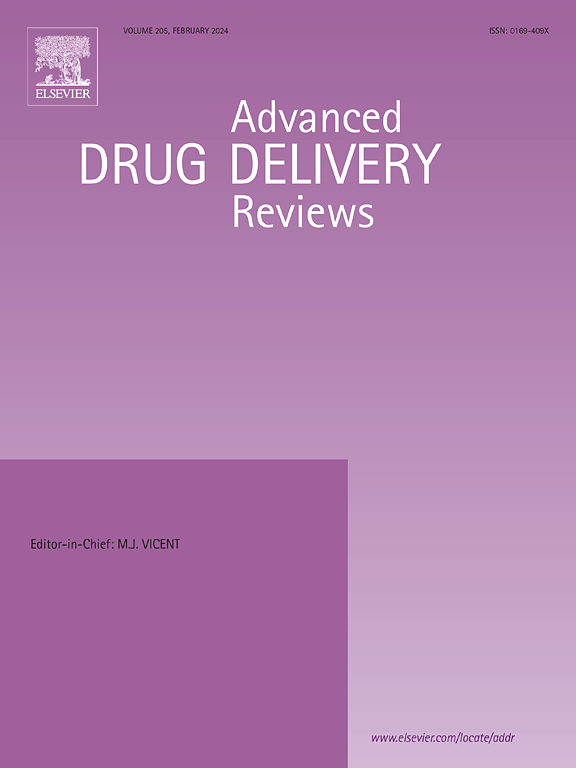Polypharmacology approaches for brain disorders aimed to enhance brain permeability and circadian clock targeting
IF 17.6
1区 医学
Q1 PHARMACOLOGY & PHARMACY
引用次数: 0
Abstract
Circadian rhythm disruption (CRD) is a common feature of several brain disorders. The restoration of circadian clock function and the development of circadian-based therapies may have significant therapeutic implications for brain diseases that extend beyond sleep disorders. However, several challenges persist due to the complexity of circadian interactions with multiple cellular pathways underlying CRD in brain diseases, together with the CNS compartmentalization, including the presence of the blood–brain barrier (BBB). Against these drawbacks, polypharmacology is a promising strategy to potentially provide greater efficacy by targeting multiple components of the CRD network through drug combinations or multi-target-directed ligands. Polypharmacology also offers innovative approaches to brain drug delivery by enhancing BBB penetration of CNS-directed drugs using combinations, co-drugs, and targeted prodrugs. Herein, we review polypharmacological strategies to improve BBB permeability of CNS agents and suggest the exploitation of polypharmacology as a promising new avenue for circadian clock modulation in the treatment of brain disorders.


脑疾病的多药理学方法旨在增强脑通透性和生物钟靶向
昼夜节律紊乱(CRD)是几种脑部疾病的共同特征。生物钟功能的恢复和基于昼夜节律的疗法的发展可能对睡眠障碍以外的脑部疾病具有重要的治疗意义。然而,由于脑疾病中CRD的多种细胞通路与昼夜节律相互作用的复杂性,以及CNS区隔化,包括血脑屏障(BBB)的存在,一些挑战仍然存在。针对这些缺点,多药理学是一种很有前途的策略,通过药物组合或多靶点定向配体靶向CRD网络的多种成分,可能提供更大的疗效。多种药理学还通过联合用药、联合用药和靶向前药增强中枢神经系统导向药物对血脑屏障的渗透,为大脑药物输送提供了创新方法。在此,我们回顾了提高中枢神经系统药物血脑屏障通透性的多种药物策略,并建议利用多种药物作为生物钟调节治疗脑部疾病的新途径。
本文章由计算机程序翻译,如有差异,请以英文原文为准。
求助全文
约1分钟内获得全文
求助全文
来源期刊
CiteScore
28.10
自引率
5.00%
发文量
294
审稿时长
15.1 weeks
期刊介绍:
The aim of the Journal is to provide a forum for the critical analysis of advanced drug and gene delivery systems and their applications in human and veterinary medicine. The Journal has a broad scope, covering the key issues for effective drug and gene delivery, from administration to site-specific delivery.
In general, the Journal publishes review articles in a Theme Issue format. Each Theme Issue provides a comprehensive and critical examination of current and emerging research on the design and development of advanced drug and gene delivery systems and their application to experimental and clinical therapeutics. The goal is to illustrate the pivotal role of a multidisciplinary approach to modern drug delivery, encompassing the application of sound biological and physicochemical principles to the engineering of drug delivery systems to meet the therapeutic need at hand. Importantly the Editorial Team of ADDR asks that the authors effectively window the extensive volume of literature, pick the important contributions and explain their importance, produce a forward looking identification of the challenges facing the field and produce a Conclusions section with expert recommendations to address the issues.

 求助内容:
求助内容: 应助结果提醒方式:
应助结果提醒方式:


